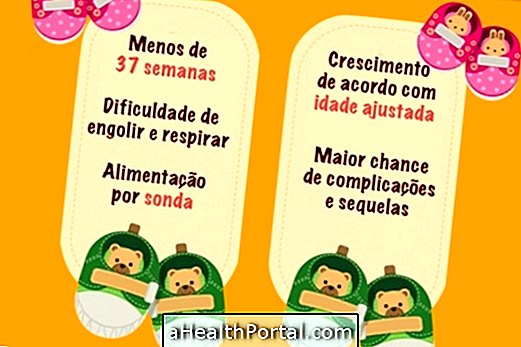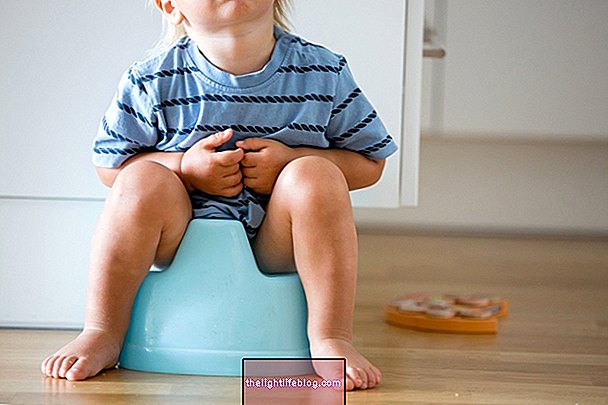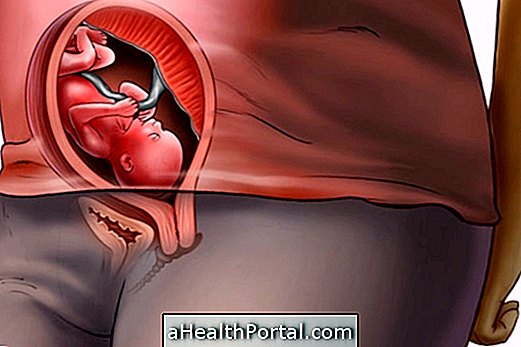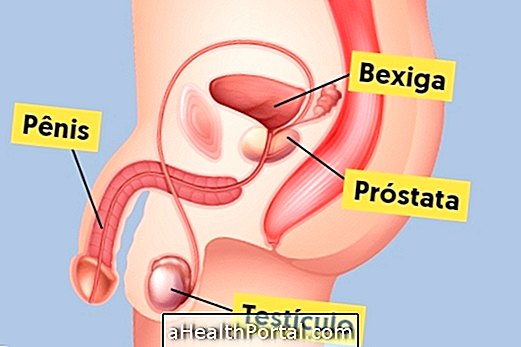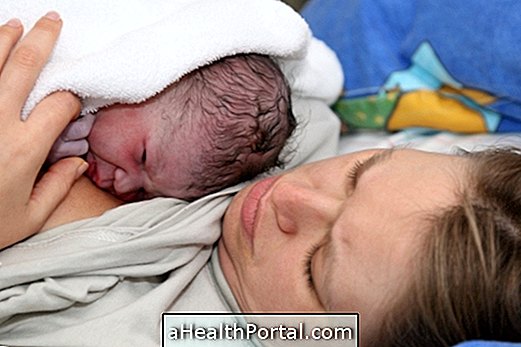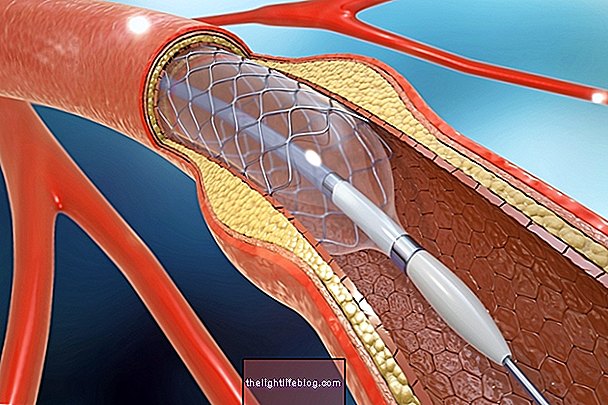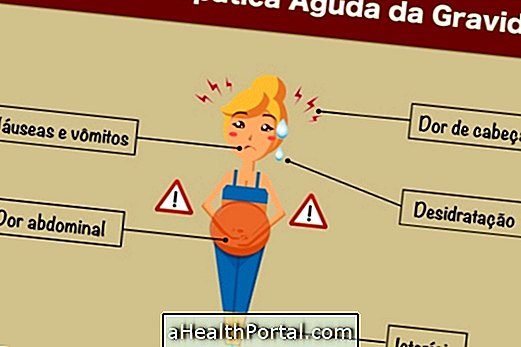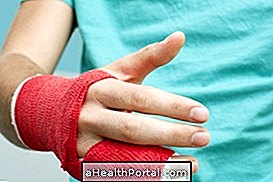The baby usually begins to crawl between 6 and 10 months, because at this stage he can lie on his stomach with his head upright and already has enough strength in his shoulders and arms, and also in the back and the trunk to get crawling.
So if your baby already has an interest in crawling and can already sit alone with no support, your caregivers can help you crawl with some simple strategies like the ones below.
6 pranks to stimulate baby to crawl

- Lifting the baby in the air: while talking or singing to him, because this causes him to contract the abdominal muscles that will help him learn to crawl;
- Leaving baby most of the time on the floor, lying on his or her stomach : avoiding putting the baby in the resting chair or the chair of the potato, causes the baby to get accustomed to the floor and develop greater muscular strength in the shoulders, arms, back and trunk, preparing to crawl;
- Put a mirror in front of the baby when the baby is lying on his belly: because this causes him to be attracted to his image and more willing to approach the mirror;
- Put baby toys a little way away from him : so he tries to pick it up himself.
- Place one hand on the sole of the baby's foot when he is already on his stomach: This will naturally cause him to stretch out, force himself against his hands and crawl.
- Crawling next to the baby : when observing how it is done, the baby tends to want to imitate the movement, facilitating its learning.
Most babies start crawling at 6 months, but each child develops one way and can not compare their development with that of other children. However, if the baby has already completed 8 months and still can not crawl, there may be a delay in development, which should be investigated by the pediatrician.
Watch the video to learn how your baby develops and how you can help him crawl:

How to ensure the safety of the crawling baby
To ensure the safety of the baby who is crawling, and discovering a new world ahead of you, you should:
- Plug all wall outlets and eliminate any wires that could cause accidents;
- Remove objects that the baby may swallow, trip or injure;
- Dressing the baby in clothes that make it easier to move;
- Do not leave sheets and blankets on the floor that could choke the baby.
A good tip is to put your own knee pads on the baby to prevent knees from getting red and wearing socks or shoes so that your feet do not get cold.
In addition, the baby's crawling shoes should be reinforced at the front to protect the little fingers and to have greater durability. See other care you should take when buying shoes for your baby from now on: Know the features of the best shoe for your baby.
After the baby succeeds in crawling on his own, it is likely that within a few months he will begin to venture and want to walk, standing on the shelf or on the sofa, training his body balance. In this next phase of child development it may seem tempting to put the baby on a walker so that he learns to walk faster, however this is not ideal. Understand why baby walkers are discouraged.
If you liked this content, you might also like:
- How to Teach Baby to Walk Faster

